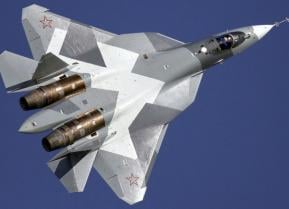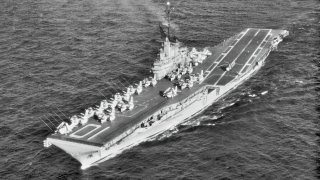USS Yorktown: 10 Reasons This U.S. Navy Aircraft Carrier Is a Legend
The USS Yorktown (CV-10), an Essex-class aircraft carrier nicknamed "Fighting Lady," earned 11 battle stars and a Presidential Unit Citation during World War II.
Summary and Key Points: The USS Yorktown (CV-10), an Essex-class aircraft carrier nicknamed "Fighting Lady," earned 11 battle stars and a Presidential Unit Citation during World War II.
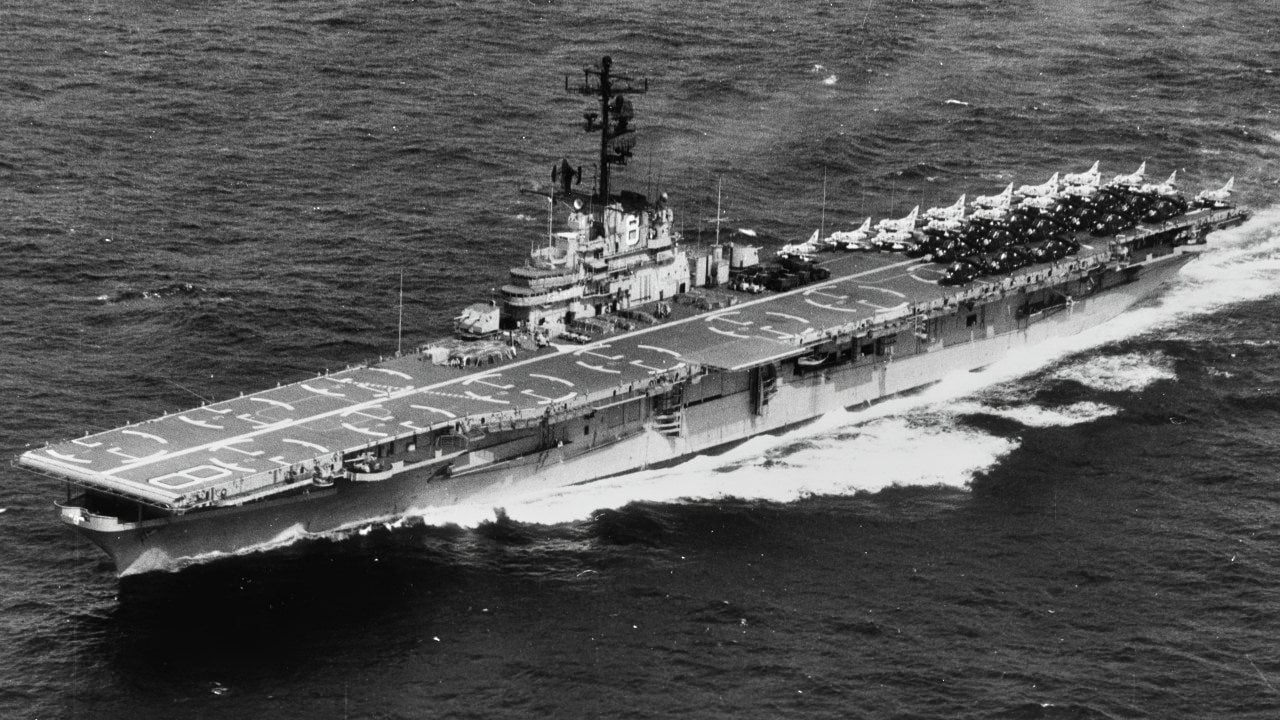
-Renamed to honor the sunk USS Yorktown (CV-5), she participated in key Pacific campaigns, including the Battle of the Philippine Sea.
-After WWII, Yorktown saw action in the Korean and Vietnam Wars and was modernized during the Cold War. Post-service, she became a museum ship at Patriots Point, South Carolina, and was declared a National Historic Landmark. Yorktown also featured in films like "Tora! Tora! Tora!"
The Essex-class USS Yorktown (CV-10) truly earned the nickname "Fighting Lady" for her service during the Second World War. One of the 26 Essex-class aircraft carriers built, and the second "short hull" models, she participated in several campaigns in the Pacific Theater of Operations, where she earned 11 battle stars and a Presidential Unit Citation.
USS Yorktown supported multiple amphibious landings and took part in the Battle of the Philippine Sea, which ended Japanese carrier dominance in the Pacific.
Here are 10 key facts about the tenth aircraft carrier to serve in the United States Navy.
1 – Her Name Was Changed
She was originally supposed to have been named USS Bon Homme Richard, but she was renamed USS Yorktown while still under construction, to honor the Yorktown-class aircraft carrier USS Yorktown (CV-5), which was sunk at the Battle of Midway. She received her finalized name on September 26, 1942.
2 – She was the Fourth USS Yorktown
One of 24 Essex-class aircraft carriers built during World War II for the United States Navy, she was the fourth U.S. Navy ship to bear the name Yorktown, though the previous ships were named for the 1781 Battle of Yorktown, which saw the U.S. victory in the American Revolution.
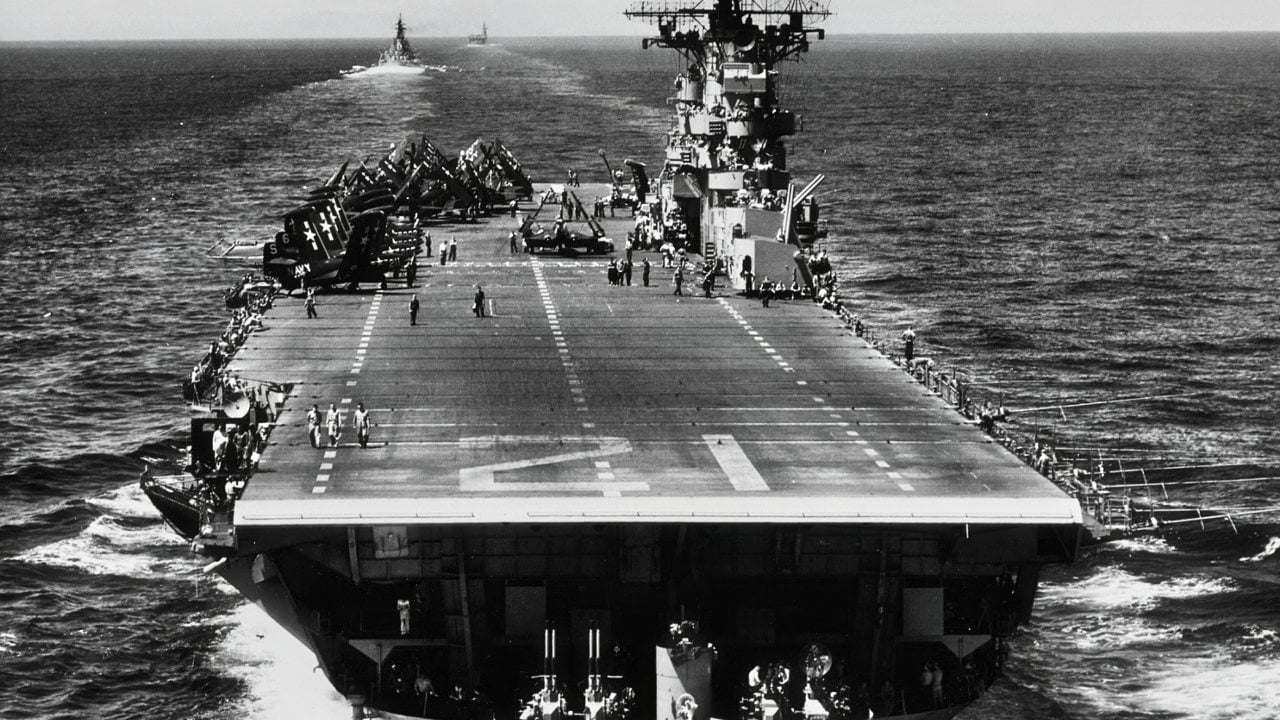
3 – Speedy Construction and Honored by the First Lady
USS Yorktown was built in an amazing 16 and a half months at Newport News, Virginia. She was commissioned on April 15, 1943. She was launched from Naval Station Norfolk, Maryland, in May 1943 in a ceremony with First Lady Eleanor Roosevelt presiding.
4 – She Was Part of the U.S. Fleet in Tokyo Bay
Her first actions involved strikes against Japanese positions with Task Force 15 in August 1943. After the formal Japanese surrender aboard the battleship USS Missouri (BB-63) on September 2, 1945, USS Yorktown was part of the Allies' "show of strength" and entered Tokyo Bay on September 16.
She was among the warships employed in Operation Magic Carpet, which repatriated more than 8 million American personnel from the European, Pacific, and Asian theaters.
5 – She Saw Service in the Korean and Vietnam Wars
Decommissioned shortly after the end of the Second World War, she was modernized and recommissioned in February 1953 as an attack carrier (CVA) and served with distinction during the Korean War. In addition to 11 Battle Stars earned during World War II, CVN-10 went on to earn five Battle Stars for her service off the coast of Vietnam (1965-68).
6 – Modernized and Upgraded During the Cold War
In the 1950s, the USS Yorktown was modernized to operate jet aircraft as an attack carrier (CVA), receiving extensive modifications – most significantly, an angled flight deck. In 1957, she was re-designated as an anti-submarine aircraft carrier (CVS).
She initially had a displacement of 27,000 tons, but during an upgrade in 1956, her displacement was increased to 30,000 tons – while she "grew" from 872 feet to 888 feet!
7 – USS Yorktown Played a Role in the Space Program
In December 1968, USS Yorktown recovered the Apollo 8 astronauts and capsule, the first crewed ship to reach and orbit the Moon. A replica of the spacecraft is now on display on the carrier.
8 – Retired But Preserved
Following her decommissioning in 1970, the USS Yorktown was placed in the reserve fleet. In 1975, the historic warship was towed from Bayonne, New Jersey, to Charleston, South Carolina, and became the centerpiece of Patriots Point Naval & Maritime Museum.
The Essex-class aircraft carrier is now preserved as a museum ship and was declared a National Historic Landmark in 1986. She is just one of five U.S. Navy aircraft carriers to be preserved as a museum ship.
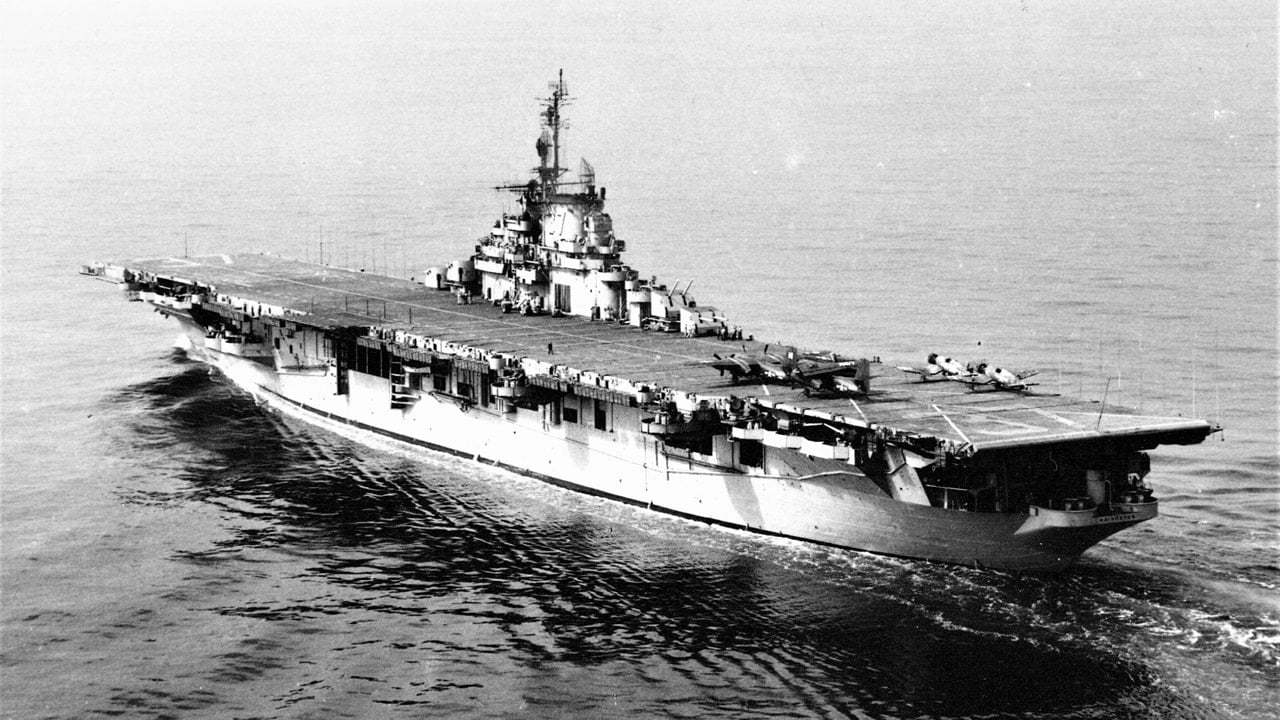
9 – The USS Yorktown Served as a Basketball Court
In 2012, part of the Armed Forces Classic basketball program that competed on military bases and at Armed Services locations around the world was greatly expanded, with three different flattops hosting games.
A doubleheader was scheduled for November 9, 2012, on board the former USS Yorktown, the first involving a museum ship. It was originally supposed to feature the women's teams of Notre Dame and Ohio State, while a second game was to feature the men’s teams of Marquette and Ohio State.
Though the women of Notre Dame defeated Ohio State, the men's game was unfortunately scrubbed due to condensation on the court.
10 – The Carrier Was Used in the Movies
USS Yorktown appeared in the 1970 film "Tora! Tora! Tora!," which recreated the Japanese attack on Pearl Harbor. The ship had been leased to the film producers, who needed an aircraft carrier. As she was scheduled to be decommissioned, the U.S. Navy made her available. However, CVN-10 stood in for the Japanese carriers in several scenes – and stands out due to her angled flight deck and large island.
The carrier – while a museum ship – later served as a set for the 1984 science fiction film "The Philadelphia Experiment."
Author Experience and Expertise
Peter Suciu is a Michigan-based writer. He has contributed to more than four dozen magazines, newspapers, and websites with over 3,200 published pieces over a twenty-year career in journalism. He regularly writes about military hardware, firearms history, cybersecurity, politics, and international affairs. Peter is also a Contributing Writer for Forbes and Clearance Jobs. You can follow him on Twitter: @PeterSuciu.
All images: Creative Commons images of Essex-Class Aircraft Carriers.
